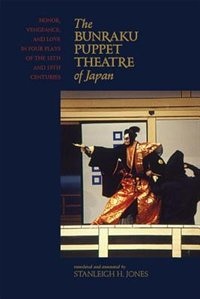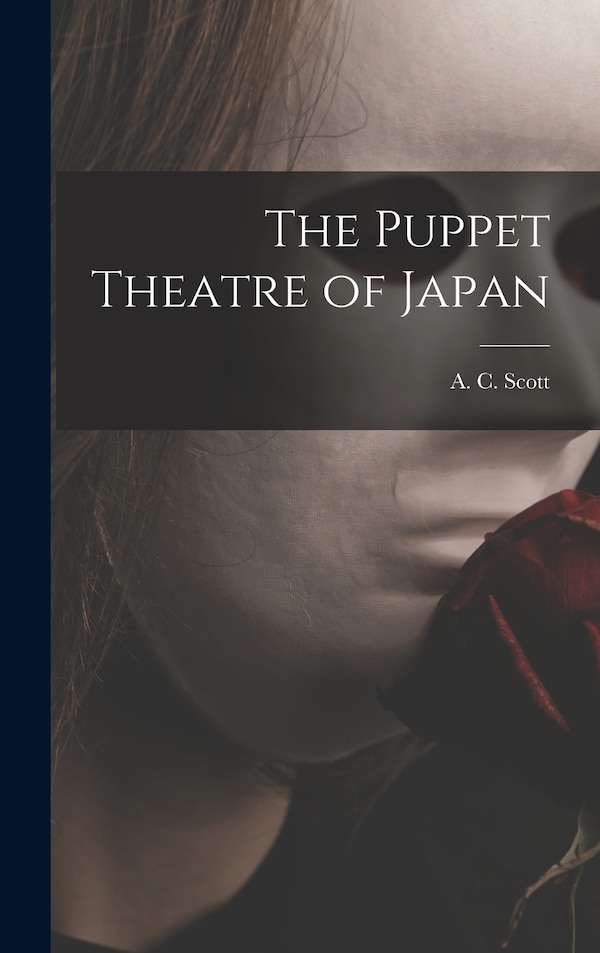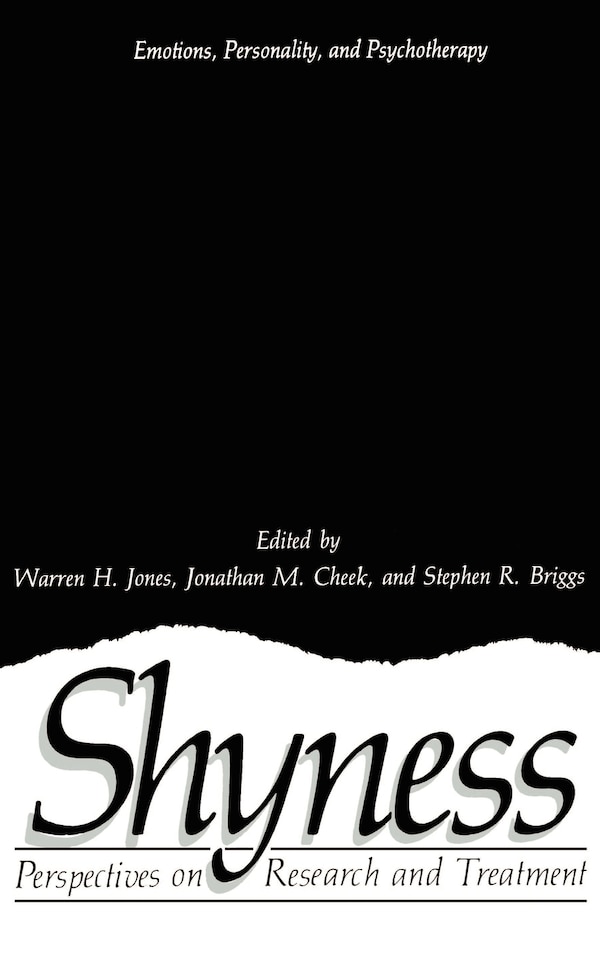Home
The Bunraku Puppet Theatre Of Japan by Stanleigh H. Jones, Hardcover | Indigo Chapters
Loading Inventory...
Indigo
The Bunraku Puppet Theatre Of Japan by Stanleigh H. Jones, Hardcover | Indigo Chapters
From Stanleigh H. Jones
Current price: $81.00


Indigo
The Bunraku Puppet Theatre Of Japan by Stanleigh H. Jones, Hardcover | Indigo Chapters
From Stanleigh H. Jones
Current price: $81.00
Loading Inventory...
Size: 1 x 9 x 453
*Product information may vary - to confirm product availability, pricing, shipping and return information please contact Indigo
The plays presented here were first performed between 1769 and 1832, a time when the Japanese puppet theatre known as Bunraku was beginning to lose its pre-eminence to Kabuki. During this period, however, several important puppet plays were created that went on to become standards in both the Bunraku and Kabuki repertoires; three of the plays in this volume achieved this level of importance. This span of some sixty-odd years was also a formative one in the development of how plays were presented, an important feature in the modern staging of works from the traditional plebeian theatre. Only a handful of complete and uncut plays—often as much as ten hours long—are produced in Bunraku or Kabuki nowadays; included here is one of these. Two among the four plays contained in this volume are examples of the much more common practice of staging a single popular act or scene from a much longer drama that itself is seldom, if ever, performed in its entirety today. Kabuki, while better known outside Japan, has been a great beneficiary of the puppet theatre, borrowing perhaps as much as half of its body of work from Bunraku dramas. Bunraku, in turn, has raided the Kabuki repertoire but to a far more modest degree. The final play in this collection, The True Tale of Asagao, is an instance of this uncommon reverse borrowing. Moreover, it is an example of yet another way in which some plays have come to be presented: a coherent subplot of a longer work that gained an independent theatrical existence while its parent drama has since disappeared from the stage. These later eighteenth-century works display a continued development toward greater attention to the theatrical features of puppet plays as opposed to the earlier, more literary approach found most notably in the dramas of Chikamatsu Monzaemon (d. 1725). Newly translated and illustrated for the general reader and the specialist, the plays in this volume are accompanied by informative introductions, extensive notes on stage action, and discussions of the various changes that Bunraku underwent, particularly in the latter half of the eighteenth century, its golden age. | The Bunraku Puppet Theatre Of Japan by Stanleigh H. Jones, Hardcover | Indigo Chapters














